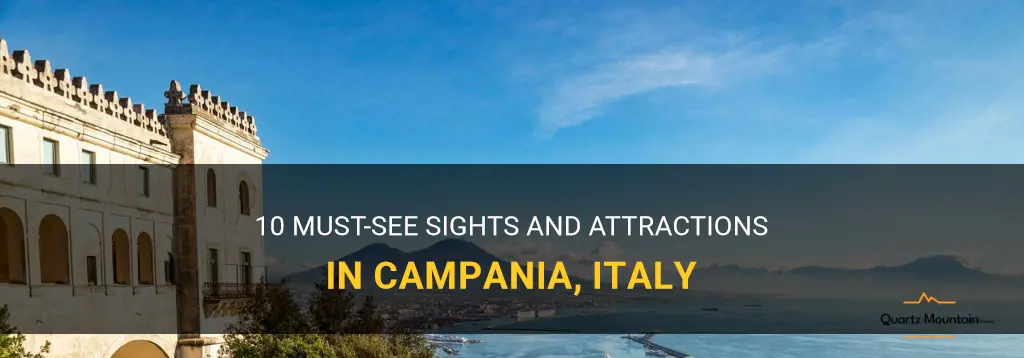
Campania, Italy is a region that is rich in history, culture, and natural beauty. Located in the southern part of the country, it is home to some of Italy's most famous landmarks and attractions. Whether you're interested in exploring ancient ruins, relaxing on pristine beaches, or indulging in delicious Italian cuisine, Campania has something for everyone. From the iconic city of Naples to the picturesque Amalfi Coast, here are ten must-see sights and attractions that should be on every traveler's bucket list when visiting Campania.
| Activity | Description |
|---|---|
| Visit Pompeii | Explore the ancient city buried by a volcano |
| Hike Mount Vesuvius | Climb to the top of the famous volcano |
| Tour the Amalfi Coast | Enjoy breathtaking views along the coast |
| Explore Capri | Visit the glamorous island and its Blue Grotto |
| Taste Neapolitan pizza | Indulge in the iconic local dish |
| Visit the ruins of Herculaneum | Discover the ancient Roman city buried like Pompeii |
| Take a boat tour of the Sorrento Peninsula | Admire the stunning coastline from the sea |
| Visit the Royal Palace of Caserta | Explore the grandiose former royal residence |
| Go wine tasting in Irpinia | Sample the region's renowned wines |
| Relax on the beaches of Positano | Soak up the sun on the beautiful Amalfi Coast |
What You'll Learn

The ruins of Pompeii
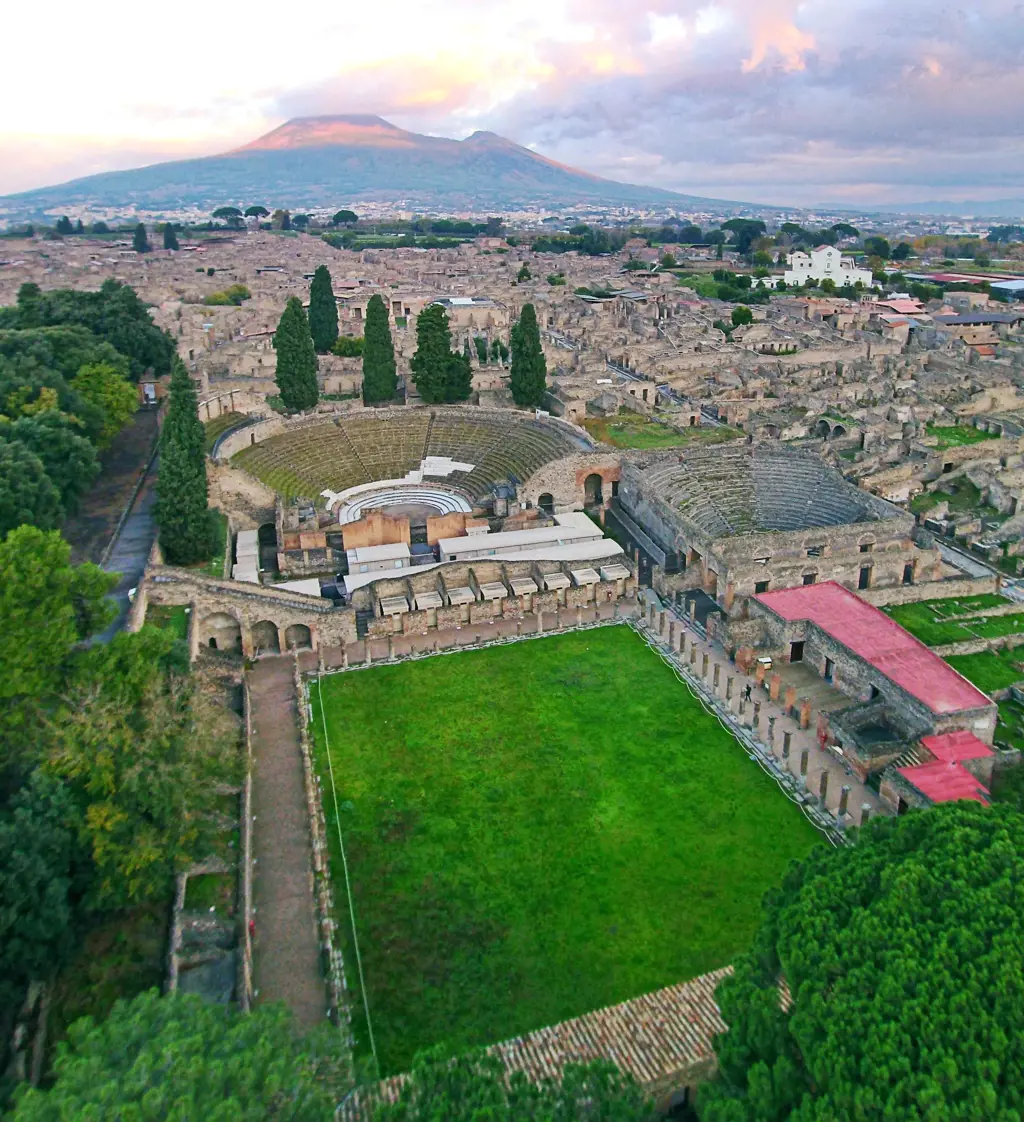
Pompeii was a thriving city with a population of around 11,000 people at the time of the eruption. It was known for its prosperous economy, bustling markets, and beautiful architecture. The eruption of Mount Vesuvius not only destroyed the city but also preserved it, creating an open-air museum that allows visitors to step back in time.
Walking through the streets of Pompeii is like stepping into a different era. The ruins contain well-preserved houses, shops, temples, and public buildings. One of the most famous sites in Pompeii is the Forum, a large square that was the center of the city's political and social life. Here, you can see the remains of temples, law courts, and other important buildings.
Another highlight of Pompeii is the Amphitheater, one of the oldest examples of this type of structure in the Roman world. This oval-shaped arena could hold up to 20,000 spectators and was used for gladiatorial contests, animal hunts, and other public spectacles. Walking through the amphitheater, you can imagine the excitement and energy that filled the air during these events.
One of the most interesting aspects of the ruins is the preserved artwork and frescoes that adorned the walls of Pompeii's houses and public buildings. These colorful and intricate paintings provide a glimpse into the daily life, mythology, and beliefs of the ancient Romans. Some of the most famous frescoes include the Villa of the Mysteries, the House of the Vettii, and the House of the Faun.
Visiting the ruins of Pompeii is like stepping back in time. The well-preserved buildings, streets, and artwork offer a unique opportunity to experience ancient Roman culture firsthand. It is a must-visit destination for history buffs, art lovers, and anyone interested in exploring the wonders of the ancient world.
To make the most of your visit, it is recommended to hire a local guide who can provide valuable insights and stories about the ruins. They can help you navigate the extensive site and point out the most important and interesting features. It is also important to wear comfortable shoes and bring plenty of water, as the site is quite large and can be hot and tiring to explore.
In addition to the ruins themselves, the area surrounding Pompeii is also worth exploring. The nearby town of Herculaneum was also buried by the eruption of Mount Vesuvius and offers similar well-preserved ruins. The National Archeological Museum in Naples houses many artifacts and artworks recovered from Pompeii and Herculaneum, providing further context and insight into these ancient cities.
13 Amazing Things to Do in Siberia That Will Blow Your Mind
You may want to see also

The Amalfi Coast
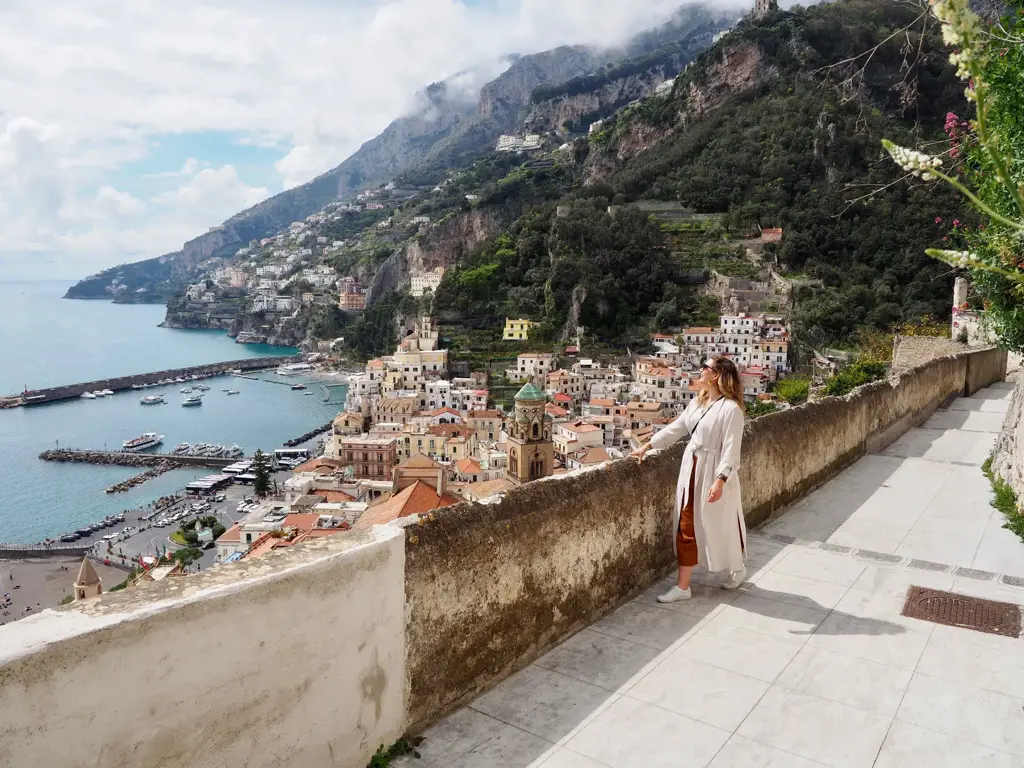
| Characteristic | Description |
|---|---|
| Name | Amalfi Coast |
| Type | Tourist attraction in Amalfi, Italy |
| Rating / Review count | 4.7 / 67,945 |
| Address | 84011 Amalfi, Province of Salerno, Italy |
| Hours | |
| Profiles |  |
One of the most famous towns along the Amalfi Coast is, of course, Amalfi itself. Known for its picturesque streets, colorful buildings, and stunning cathedral, Amalfi is a must-visit for anyone exploring the area. Whether you're shopping for local ceramics, enjoying a gelato by the sea, or simply wandering the narrow alleyways, Amalfi offers plenty of opportunities to immerse yourself in the local culture.
Another popular destination along the Amalfi Coast is the town of Positano. With its pastel-colored houses clinging to the cliffside and its beautiful beaches, Positano is often considered one of the most romantic towns in Italy. Whether you're lounging on the beach, exploring the shops and boutiques, or dining at one of the many seaside restaurants, Positano is sure to leave a lasting impression.
For those looking to escape the crowds, the village of Ravello offers a peaceful retreat from the hustle and bustle. Perched high above the coast, Ravello offers stunning panoramic views of the sea and the surrounding mountains. It is also known for its beautiful gardens, such as the Villa Rufolo and Villa Cimbrone, which are filled with vibrant flowers, ornate fountains, and serene pathways.
In addition to its beautiful towns and villages, the Amalfi Coast is also known for its delicious food and drink. From freshly caught seafood to the region's famous limoncello, there are plenty of culinary delights to indulge in. Don't miss the opportunity to savor the local specialties, such as spaghetti alle vongole (spaghetti with clams) or sfogliatelle (a traditional Neapolitan pastry).
Whether you're exploring the charming streets of Amalfi, lounging on the beaches of Positano, or enjoying the tranquility of Ravello, the Amalfi Coast offers a truly unforgettable experience. With its breathtaking views, rich history, and delicious cuisine, it's no wonder that it is often considered one of the most beautiful coastlines in the world. So why not plan your next trip to the Amalfi Coast and see for yourself the magic that this stunning region has to offer?
12 Best Things to Do in Downtown Harrisburg PA
You may want to see also

Capri Island
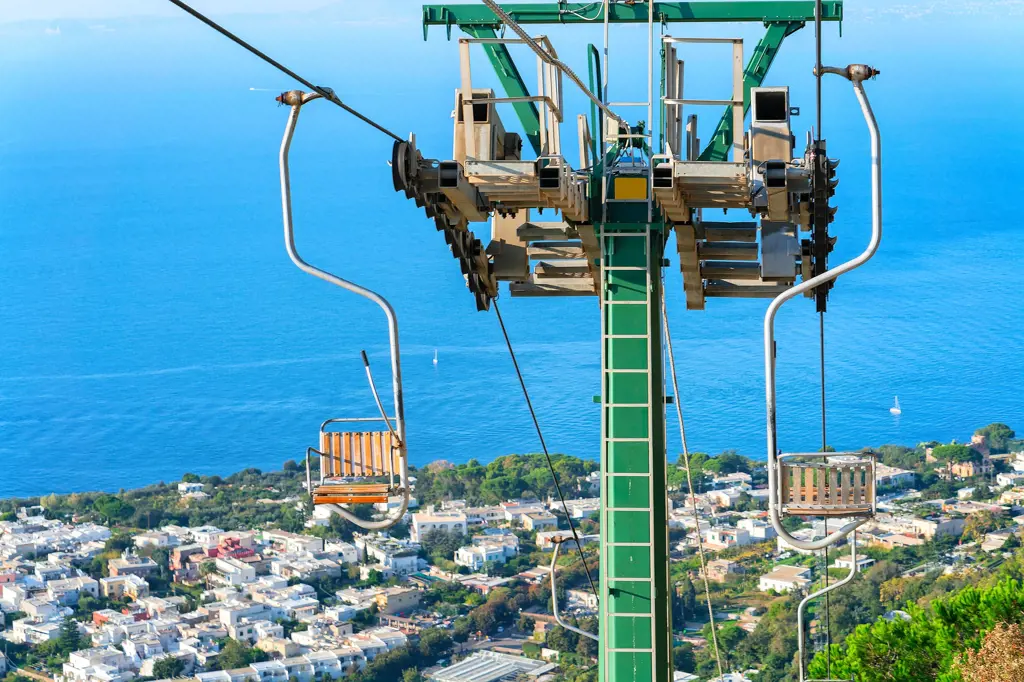
| Characteristic | Description |
|---|---|
| Name | Capri |
| Type | Island in Italy |
| Rating / Review count | 4.7 / 2,753 |
One of the main attractions of Capri Island is the famous Blue Grotto. This natural sea cave is renowned for its mesmerizing and intense blue color. Visitors can take a boat tour to explore the grotto and marvel at its unique beauty. The sunlight filtering through the cave's entrance creates an ethereal glow, making it a truly unforgettable experience.
Another must-visit spot on Capri Island is the iconic Faraglioni rocks. These towering limestone formations rise majestically out of the sea and are a symbol of the island. Visitors can admire the rocks from various viewpoints or take a boat tour to get a closer look. The Faraglioni rocks also provide a great backdrop for stunning photographs.
For those seeking relaxation and natural beauty, the Gardens of Augustus are a must-see. These botanical gardens offer spectacular panoramic views of the island, with colorful flowers, lush vegetation, and breathtaking vistas. The gardens provide a tranquil escape from the bustling tourist areas and offer a peaceful retreat for nature lovers.
Aside from its natural beauty, Capri Island is also known for its rich history and cultural heritage. The town of Capri itself is a charming and vibrant place, with its narrow streets, colorful houses, and lively atmosphere. Visitors can explore the historical center, visit the charming piazzas, and indulge in the local cuisine at the island's many restaurants and cafes.
When visiting Capri Island, it is also worth taking a boat trip to the nearby island of Anacapri. Located on the highest part of the island, Anacapri offers stunning views, historical sites, and a more relaxed and authentic atmosphere compared to the bustling Capri town.
In conclusion, Capri Island is a true gem in the Bay of Naples. With its breathtaking landscapes, crystal-clear waters, and rich history, it offers a unique and unforgettable experience for all visitors. Whether you're seeking natural beauty, cultural heritage, or simply a place to relax and unwind, Capri Island has something to offer every traveler.
12 Fun Things to Do in Lima, Ohio
You may want to see also

The Royal Palace of Caserta
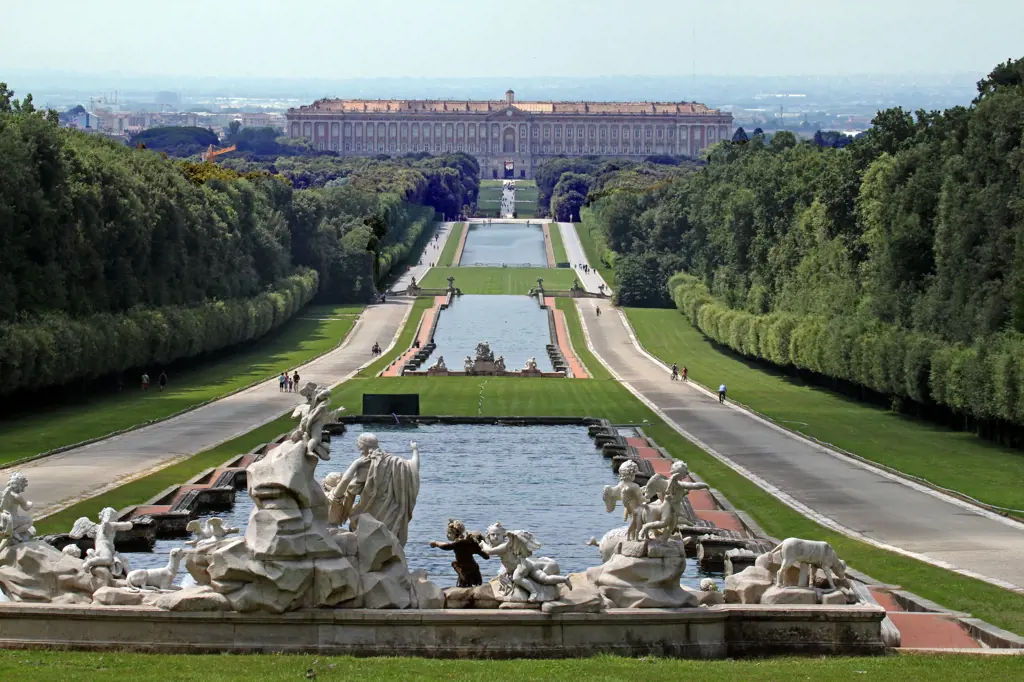
| Characteristic | Description |
|---|---|
| Name | Royal Palace of Caserta |
| Type | Royal residence in Caserta, Italy |
| Website | Go to website |
| Rating / Review count | 4.6 / 41,398 |
| Address | Piazza Carlo di Borbone, 81100 Caserta CE, Italy |
| Phone | +39 0823 448084 |
| Hours | Wednesday - opens at 8:30 AM and closes at 7:30 PM Thursday - opens at 8:30 AM and closes at 7:30 PM Friday - opens at 8:30 AM and closes at 7:30 PM Saturday - opens at 8:30 AM and closes at 7:30 PM Sunday - opens at 8:30 AM and closes at 7:30 PM Monday - opens at 8:30 AM and closes at 7:30 PM Tuesday - Closed |
| Profiles |   |
The palace was commissioned by King Charles VII of Naples and Sicily, who later became King Charles III of Spain. He wanted to create a palace that would rival the grandeur of Versailles in France. The construction of the palace began in 1752 and was completed in 1845, long after King Charles III's death.
One of the highlights of the palace is the grand staircase, known as the Scala Regia. This monumental staircase leads to the royal apartments on the upper floors and is adorned with beautiful sculptures and frescoes. Another notable feature is the vast gardens, which cover an area of approximately 120 hectares and are considered one of the finest examples of Italian garden design.
The palace became a popular residence for the Bourbon kings of Naples and became a hub of political and cultural activity. It hosted numerous royal events, such as grand galas, royal weddings, and diplomatic receptions. It also served as a summer residence for the royal family, who would escape the heat of Naples and enjoy the tranquility of Caserta.
Today, the Royal Palace of Caserta is open to the public and attracts visitors from all over the world. The palace offers guided tours, allowing visitors to explore its magnificent rooms and learn about its fascinating history. The gardens are also a popular attraction, with their fountains, statues, and lush greenery.
Visiting the Royal Palace of Caserta is a truly immersive experience, as it allows visitors to step back in time and imagine the grandeur and opulence of the Bourbon court. Whether you are interested in history, architecture, or simply want to admire the beauty of this architectural masterpiece, a visit to the Royal Palace of Caserta is a must.
14 Fun Things to Do Near Mount Washington
You may want to see also

Mount Vesuvius
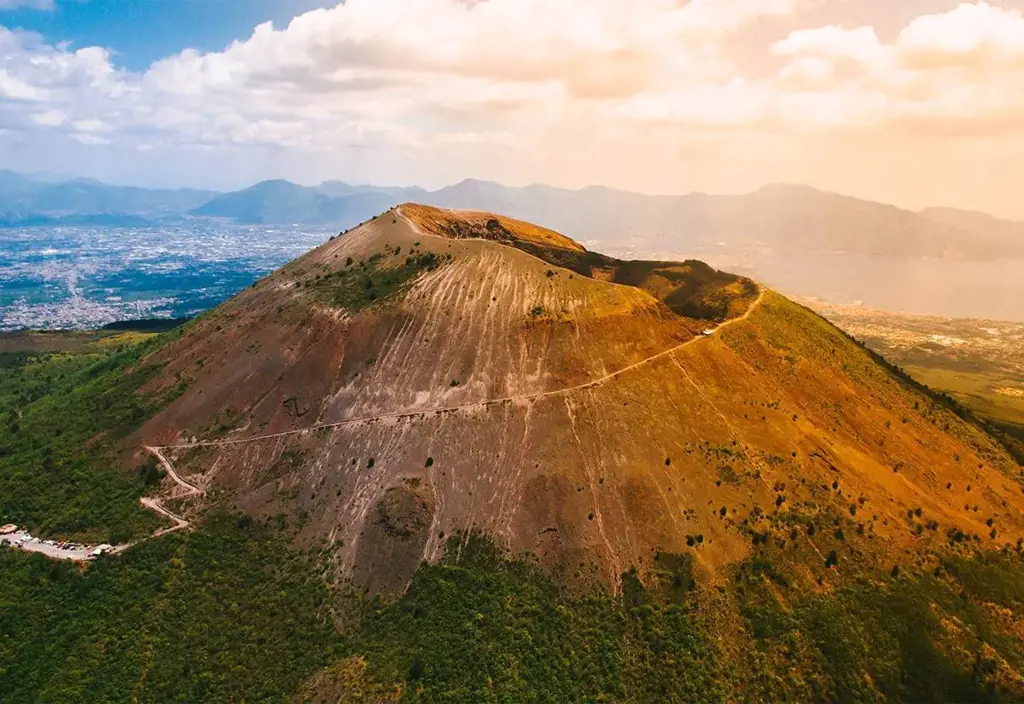
| Characteristic | Description |
|---|---|
| Name | Mount Vesuvius |
| Type | Stratovolcano in Italy |
| Rating / Review count | 4.3 / 6,018 |
With a height of 4,203 feet, Mount Vesuvius is considered to be one of the most dangerous volcanoes on Earth. It is situated on the Gulf of Naples and overlooks the cities of Naples and Pompeii. The volcano has a distinctive cone shape which is often covered in snow during the winter months.
One of the most notable eruptions of Mount Vesuvius occurred in 79 AD when it completely destroyed the cities of Pompeii and Herculaneum. This eruption was one of the deadliest in history, with an estimated death toll ranging from 10,000 to 25,000. The eruption buried both cities under a thick layer of volcanic ash, preserving them in incredible detail and providing archaeologists with valuable insights into ancient Roman civilization.
Since then, Mount Vesuvius has erupted numerous times, with the most recent eruption occurring in 1944. While the volcano remains active, its eruptions are closely monitored by scientists to ensure the safety of the surrounding population. The area around the volcano is heavily populated, with approximately 3 million people living within a 20-mile radius.
Despite its dangerous nature, Mount Vesuvius attracts visitors from around the world who come to witness its beauty and learn about its fascinating history. The volcano is easily accessible, with hiking trails leading up to the summit. From there, visitors can enjoy panoramic views of the surrounding area and even peer into the crater of the volcano.
In addition to its volcanic activity, Mount Vesuvius is also known for its lush vegetation. The slopes of the volcano are covered in vineyards, producing some of Italy's finest wines. The volcanic soil is rich in nutrients, making it ideal for growing grapes. The wines produced in this region, known as "Lacryma Christi" or "Tears of Christ," are highly regarded and sought after by wine enthusiasts.
In conclusion, Mount Vesuvius is a renowned volcano located in Campania, Italy. It is known for its violent history and proximity to densely populated areas. Despite its dangers, the volcano continues to attract visitors who are drawn to its beauty and intriguing past. With its stunning views, rich history, and unique wine production, Mount Vesuvius is a must-visit destination for anyone traveling to Campania.
12 Unique Night Activities to Experience in Marina Del Rey
You may want to see also

The Historic Centre of Naples
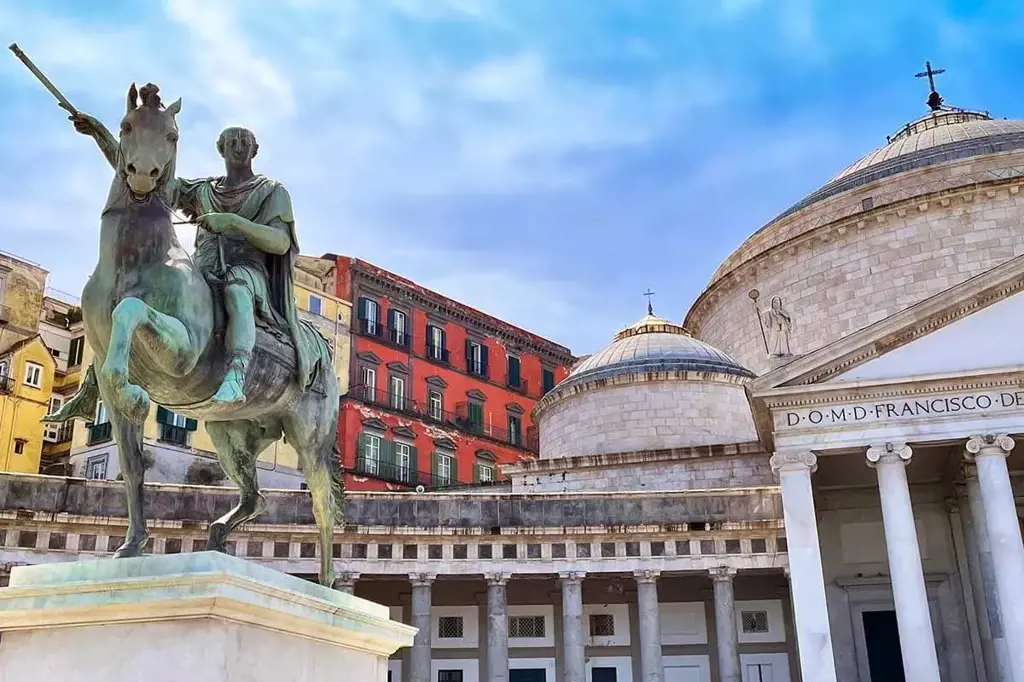
| Characteristic | Description |
|---|---|
| Name | Centro storico di Napoli |
| Type | Heritage preservation in Naples, Italy |
| Rating / Review count | 4.6 / 75 |
| Address | P.za Principe Umberto, 9, 80142 Napoli NA, Italy |
The historic center occupies a large portion of the city, covering an area of 1,700 hectares. It is a maze of narrow streets, charming alleyways, and bustling squares, making it a delight for visitors to explore on foot. The area is home to over 1,000 historic buildings, including palaces, churches, and other architectural gems.
One of the highlights of the Centro Storico is the Naples Cathedral, also known as the Duomo. This imposing cathedral dates back to the 13th century and is dedicated to the city's patron saint, Saint Januarius. Inside the cathedral, visitors can admire beautiful frescoes, sculptures, and the famous Chapel of the Treasure of San Gennaro, where the blood of the saint is preserved.
Another must-visit site in the historic center is the San Domenico Maggiore Church. This Gothic-style church was built in the 13th century and is known for its stunning artwork and beautiful cloister. The church also houses a library with a vast collection of manuscripts and rare books.
One of the most iconic symbols of Naples, located in the historic center, is the Spaccanapoli street. This long, straight street cuts through the heart of the neighborhood, dividing it into two parts. Spaccanapoli is lined with traditional shops, cafes, and local markets, providing visitors with a glimpse into the daily life of Neapolitans.
The Centro Storico is not only famous for its historical and architectural treasures but also for its vibrant street life and authentic Neapolitan cuisine. The area is dotted with traditional pizzerias, trattorias, and street food stalls, where visitors can savor the delicious flavors of Naples, such as the iconic Neapolitan pizza and the famous sfogliatella pastry.
In addition to its cultural and culinary offerings, the historic center of Naples is also a hub for the arts. The neighborhood is home to numerous art galleries, theaters, and cultural institutions, hosting a variety of exhibitions, performances, and events throughout the year.
The Centro Storico of Naples is a living testament to the city's rich history and cultural heritage. Its unique blend of ancient monuments, vibrant street life, and delicious cuisine has made it a must-visit destination for travelers from around the world. Whether you're strolling through its charming streets, admiring its architectural wonders, or indulging in its culinary delights, the historic center of Naples offers a truly unforgettable experience.
12 Exciting Labor Day Weekend Activities in Orange County, CA
You may want to see also

The National Archaeological Museum of Naples
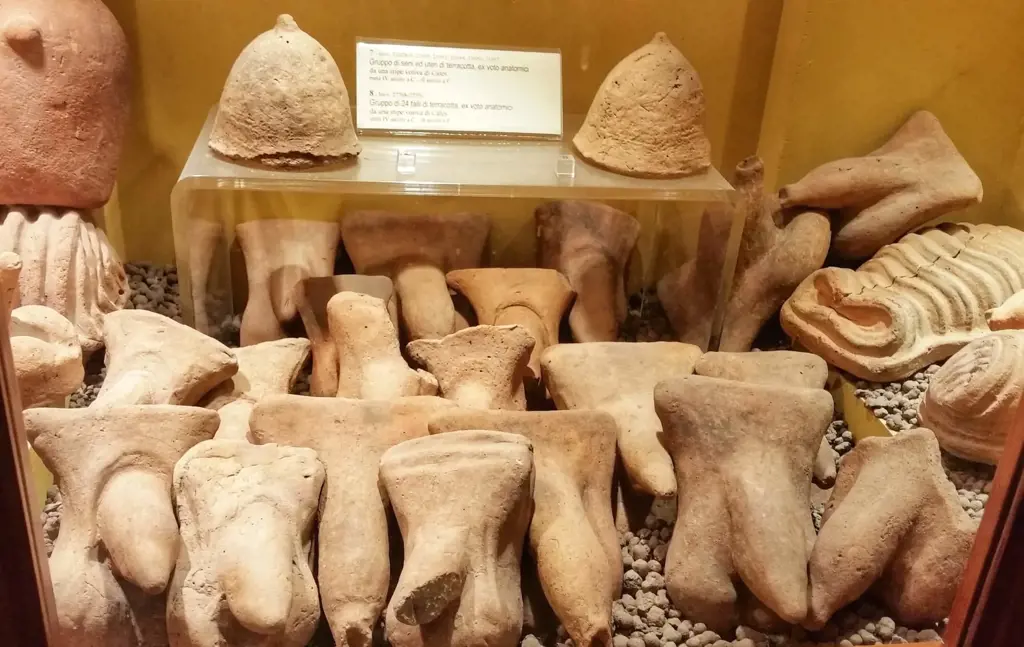
| Characteristic | Description |
|---|---|
| Name | Naples National Archaeological Museum |
| Type | Museum in Naples, Italy |
| Website | Go to website |
| Rating / Review count | 4.6 / 26,098 |
| Address | Piazza Museo, 19, 80135 Napoli NA, Italy |
| Phone | +39 081 442 2149 |
| Hours | Wednesday - opens at 9 AM and closes at 7:30 PM Thursday - opens at 9 AM and closes at 7:30 PM Friday - opens at 9 AM and closes at 7:30 PM Saturday - opens at 9 AM and closes at 7:30 PM Sunday - opens at 9 AM and closes at 7:30 PM Monday - opens at 9 AM and closes at 7:30 PM Tuesday - Closed |
| Profiles |    |
The museum was first established in the late 18th century by King Charles VII of Naples and was initially housed in the Palazzo degli Studi, but it was later moved to its current location in the early 20th century. The building itself is an impressive structure, with neoclassical architecture and grand halls that showcase the museum's vast collection.
One of the highlights of the National Archaeological Museum of Naples is its collection of artifacts from the ancient Roman cities of Pompeii and Herculaneum. These cities were buried under volcanic ash and preserved for centuries, providing a unique snapshot of life in ancient Rome. The museum displays a wide range of objects recovered from these sites, including sculptures, frescoes, mosaics, and everyday objects like pottery and household items.
In addition to the Pompeii and Herculaneum collections, the museum also houses a significant collection of Greek and Roman art. This includes statues, sculptures, and decorative objects, as well as a vast collection of ancient coins. The museum's collection is considered one of the most important in the world, and it attracts scholars, archaeologists, and art enthusiasts from around the globe.
The museum also features a section dedicated to prehistoric artifacts, including pottery, tools, and objects from early civilizations that inhabited the region of Campania. This allows visitors to explore the rich history of the area from its earliest inhabitants to the height of the Roman Empire.
Aside from its permanent collection, the National Archaeological Museum of Naples also hosts temporary exhibitions, educational programs, and special events. These activities offer visitors the opportunity to further immerse themselves in the history and culture of Campania and its surrounding regions.
In conclusion, the National Archaeological Museum of Naples is a must-visit destination for anyone interested in art, history, and archaeology. Its extensive collection of artifacts from Pompeii, Herculaneum, and the region of Campania provides a unique glimpse into the ancient world. With its beautiful architecture, educational programs, and special events, the museum offers a comprehensive experience for visitors of all ages.
14 Fun Things to Do in Lake Tahoe with Kids
You may want to see also

The Temple of Apollo in Paestum
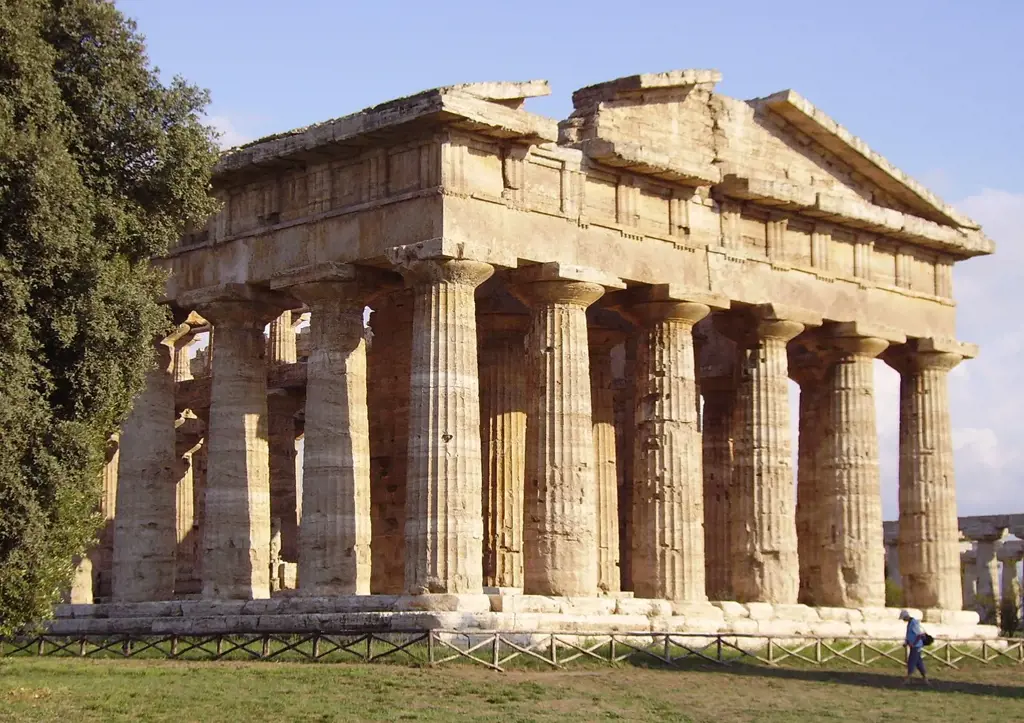
| Characteristic | Description |
|---|---|
| Name | Templo de Poseidón |
| Type | Historical landmark in Italy |
| Website | Go to website |
| Rating / Review count | 4.8 / 8,469 |
| Address | Via Magna Graecia, 917, 84047 Capaccio SA, Italy |
| Phone | +39 0828 811023 |
| Hours | Wednesday - Open 24 hours Thursday - Open 24 hours Friday - Open 24 hours Saturday - Open 24 hours Sunday - Open 24 hours Monday - Open 24 hours Tuesday - Open 24 hours |
The Temple of Apollo is made of local limestone and is surrounded by a colonnade of 6 by 15 columns. The columns are 9.2 meters in height and are topped with finely carved Corinthian capitals. The temple measures approximately 31 meters long by 14 meters wide, making it a relatively small temple compared to others of its time.
The temple was originally part of a larger complex known as the Sanctuary of Apollo, which included several other buildings and structures. Today, only the temple remains standing, as the other structures have been lost to time.
One of the most striking features of the Temple of Apollo is its exceptionally well-preserved sculptures. The temple's pediments once featured intricate sculptures depicting mythological scenes, but most of these have been lost or damaged over the centuries. However, some fragments of the sculptures can still be seen today in the nearby Archaeological Museum of Paestum.
The site of the Temple of Apollo is also known for its beautiful setting, surrounded by lush green fields and the breathtaking backdrop of the Cilento and Vallo di Diano National Park. The temple's location near the coast of the Tyrrhenian Sea further adds to its charm and makes it a popular tourist destination.
Visitors can explore the temple and its surroundings, taking in the grandeur of the ancient structure and the peacefulness of the surrounding landscape. The site is well-maintained and there are informative signs that provide insights into the history and significance of the temple.
In recent years, efforts have been made to restore and preserve the Temple of Apollo and the other ancient structures in Paestum. This includes ongoing archaeological excavations, conservation work, and educational initiatives to promote the site's cultural and historical importance.
Exploring Family-Friendly Activities in Everett, WA
You may want to see also

The Gardens of Villa Rufolo in Ravello
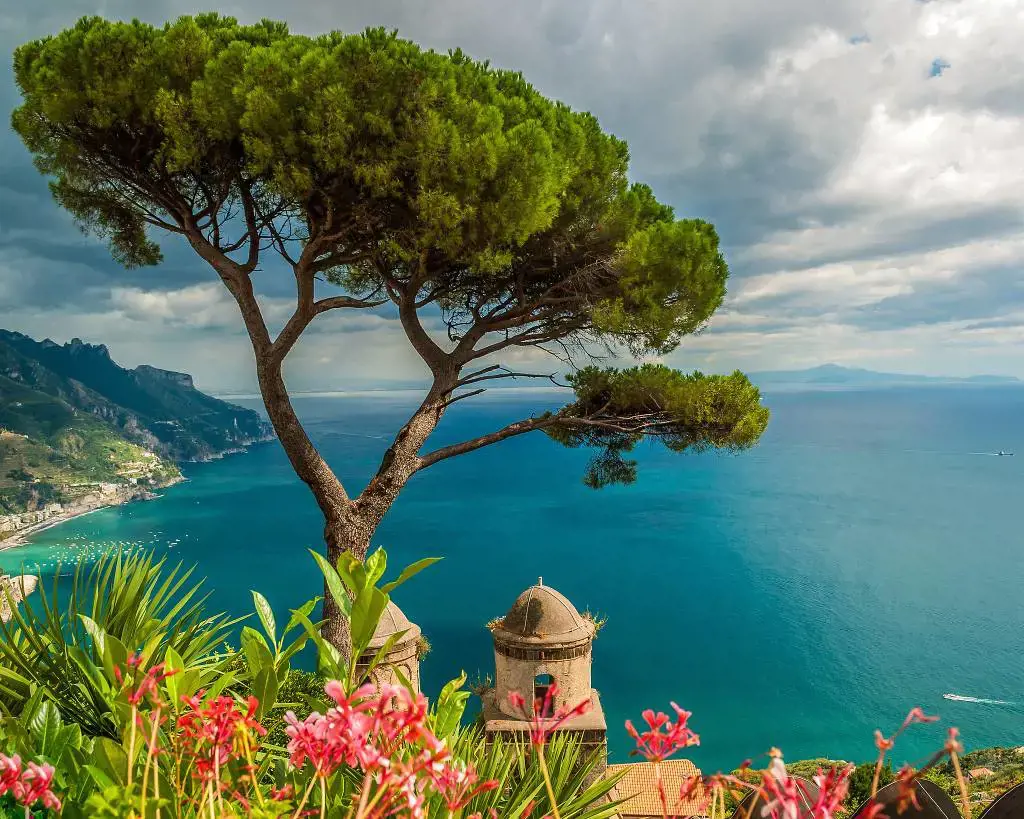
| Characteristic | Description |
|---|---|
| Name | Villa Rufolo |
| Type | Historical landmark in Ravello, Italy |
| Website | Go to website |
| Rating / Review count | 4.6 / 15,176 |
| Address | Piazza Duomo, 1, 84010 Ravello SA, Italy |
| Phone | +39 089 857621 |
| Hours | Wednesday - opens at 9 AM and closes at 8 PM Thursday - opens at 9 AM and closes at 8 PM Friday - opens at 9 AM and closes at 8 PM Saturday - opens at 9 AM and closes at 8 PM Sunday - opens at 9 AM and closes at 8 PM Monday - opens at 9 AM and closes at 8 PM Tuesday - opens at 9 AM and closes at 8 PM |
| Profiles |   |
Nestled on the Amalfi Coast in the stunning region of Campania, Italy, lies the picturesque town of Ravello. Known for its breathtaking landscapes and rich history, Ravello is a paradise for nature lovers and art enthusiasts alike. One of the town's most enchanting attractions is the Gardens of Villa Rufolo, a true gem in the heart of Ravello.
Perched high above the sea, the Gardens of Villa Rufolo offer visitors a serene and tranquil escape from the bustling streets below. Originally established in the 13th century, these gardens are a testament to the rich cultural heritage of the region. With its lush greenery and vibrant flowers, it's no wonder that these gardens have inspired countless artists, musicians, and writers throughout the centuries.
As you wander through the gardens, you'll be greeted with stunning views of the Amalfi Coast and the shimmering waters of the Mediterranean Sea. From terraced gardens to intricately designed pathways, every corner of Villa Rufolo's gardens is a sight to behold. The landscaping here is a perfect blend of nature and architecture, creating a harmonious and picturesque setting.
One of the highlights of the Gardens of Villa Rufolo is the Moorish-inspired tower, known as the Torre Maggiore. Dating back to the 13th century, this tower offers panoramic views of the surrounding landscape. As you climb to the top, you'll feel as though you've stepped back in time, experiencing the grandeur and beauty that this place once held.
Throughout the gardens, you'll also find various statues, fountains, and secluded alcoves where you can sit and take in the peaceful atmosphere. These hidden corners are perfect for those seeking a moment of tranquility and reflection, away from the crowds.
The Gardens of Villa Rufolo have also become a popular venue for concerts and cultural events. Each year, the Ravello Festival brings together renowned musicians from around the world, who perform in the enchanting setting of the gardens. These open-air concerts offer a unique and unforgettable experience, as you listen to the sounds of music filling the air, surrounded by the beauty of nature.
A visit to the Gardens of Villa Rufolo is a must for anyone traveling to Ravello or the Amalfi Coast. Whether you're a nature lover, an art enthusiast, or simply someone looking for a moment of tranquility, these gardens will captivate your senses and leave you with memories that will last a lifetime. So, take a step back in time and immerse yourself in the beauty and history of the Gardens of Villa Rufolo.
13 Must-Do Activities at the Grand Floridian Resort & Spa
You may want to see also

The Blue Grotto in Capri
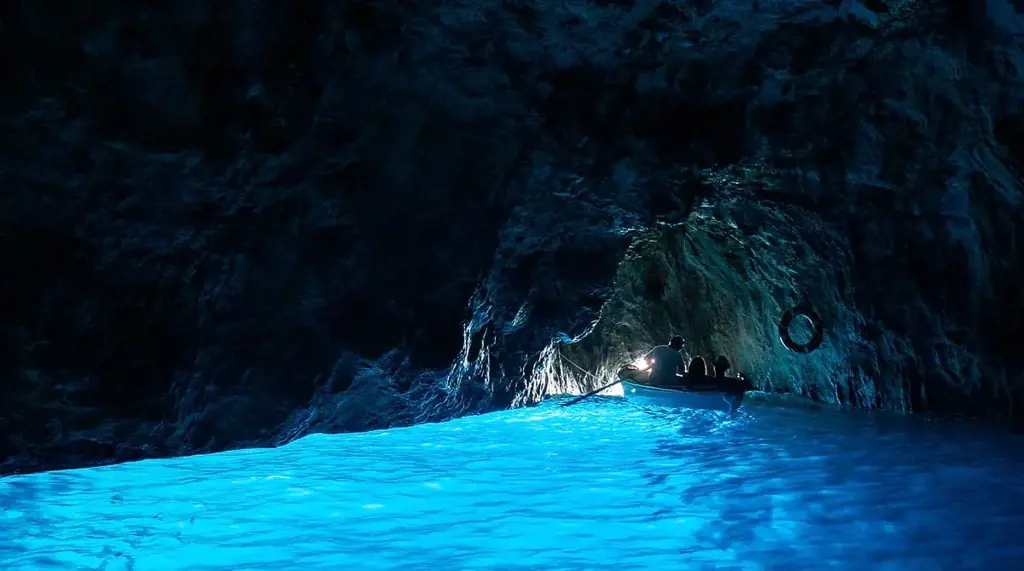
| Characteristic | Description |
|---|---|
| Name | Blue Grotto (Grotta Azzurra) |
| Type | Sea cave in Italy |
| Rating / Review count | 3.9 / 916 |
Campania, located in southern Italy, is a region known for its stunning coastline, historical sites, and vibrant culture. One of the most famous attractions in Campania is the Blue Grotto in Capri.
The Blue Grotto, or Grotta Azzurra in Italian, is a sea cave located on the coast of the island of Capri. It is renowned for its mesmerizing blue waters, created by the sunlight passing through an underwater cavity. The intense blue color of the water, combined with the unique lighting effects, creates a magical and ethereal atmosphere inside the cave.
To reach the Blue Grotto, visitors must board small rowboats known as "gozzi" at the Marina Grande in Capri. The gozzi are specially designed to navigate through the narrow entrance to the cave. Once inside, the boatmen will sing traditional songs, which not only adds to the overall experience but also enhances the acoustics of the cave, creating a memorable and enchanting moment for anyone lucky enough to visit.
As visitors enter the Blue Grotto, they are immediately greeted by the intense blue color of the water, which seems to glow from within. The sunlight filtering through the underwater cavity illuminates the cave, creating a surreal and dreamlike environment. The water is so clear that the seabed and any objects held beneath the surface are visible, giving the impression of floating in a magical underwater world.
The Blue Grotto has a rich history and has been a popular tourist destination since ancient times. It was known to the Romans and was even visited by the Roman Emperor Tiberius, who used the cave as his private swimming pool. Over the centuries, the cave has been mentioned in various literary works, further adding to its allure and mystique.
Today, the Blue Grotto continues to attract visitors from all over the world. Its natural beauty and unique lighting make it a must-see destination for anyone visiting the region. However, due to its popularity, there can be long queues and waits to enter the cave, especially during peak tourist seasons. It is advisable to arrive early in the morning or late in the afternoon to avoid the crowds.
In addition to the Blue Grotto, the island of Capri offers many other attractions and activities for visitors to enjoy. From exploring the picturesque town of Anacapri to hiking along scenic trails, there is something for everyone. The island also boasts beautiful beaches, luxurious resorts, and a vibrant nightlife scene, making it a popular destination for travelers looking to relax and unwind.
In conclusion, the Blue Grotto in Capri is a natural wonder that attracts visitors from all over the world. Its mesmerizing blue waters and unique lighting effects create a surreal and enchanting experience for anyone lucky enough to enter the cave. Combined with the island's other attractions, Capri provides a magical and unforgettable destination in the heart of Campania.
12 Awesome Things to Do in Coventry
You may want to see also
Frequently asked questions
Some popular activities to do in Campania include visiting the ancient ruins of Pompeii and Herculaneum, taking a boat trip to the stunning island of Capri, and exploring the picturesque Amalfi Coast.
Some must-see attractions in Campania include the historic city of Naples, with its fascinating architecture and vibrant street life, the stunning Royal Palace of Caserta, and the scenic town of Positano on the Amalfi Coast. Hiking the beautiful Path of the Gods, which offers breathtaking views of the coastline, is also a popular activity.
Yes, there are several unique experiences to have in Campania. One is exploring the underground city of Napoli Sotterranea, which is a labyrinth of tunnels and chambers that date back to the ancient Greeks. Another is visiting the Cilento and Vallo di Diano National Park, a UNESCO World Heritage site known for its pristine landscapes and rich biodiversity. Additionally, taking a cooking class in Campania, where you can learn how to make traditional dishes like pizza and pasta, is a memorable experience.



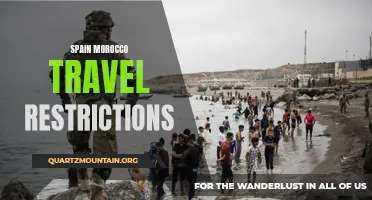
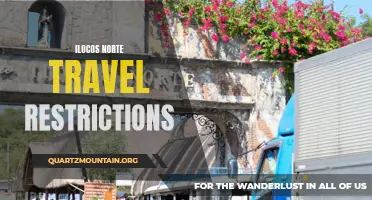


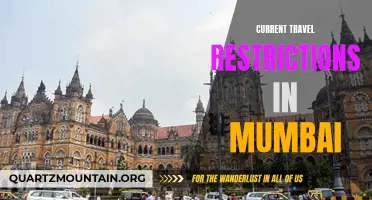
4 Comments
Genevieve Howe
Yousuf Lucas
Euan Mcdowell
Karli Trujillo
Author